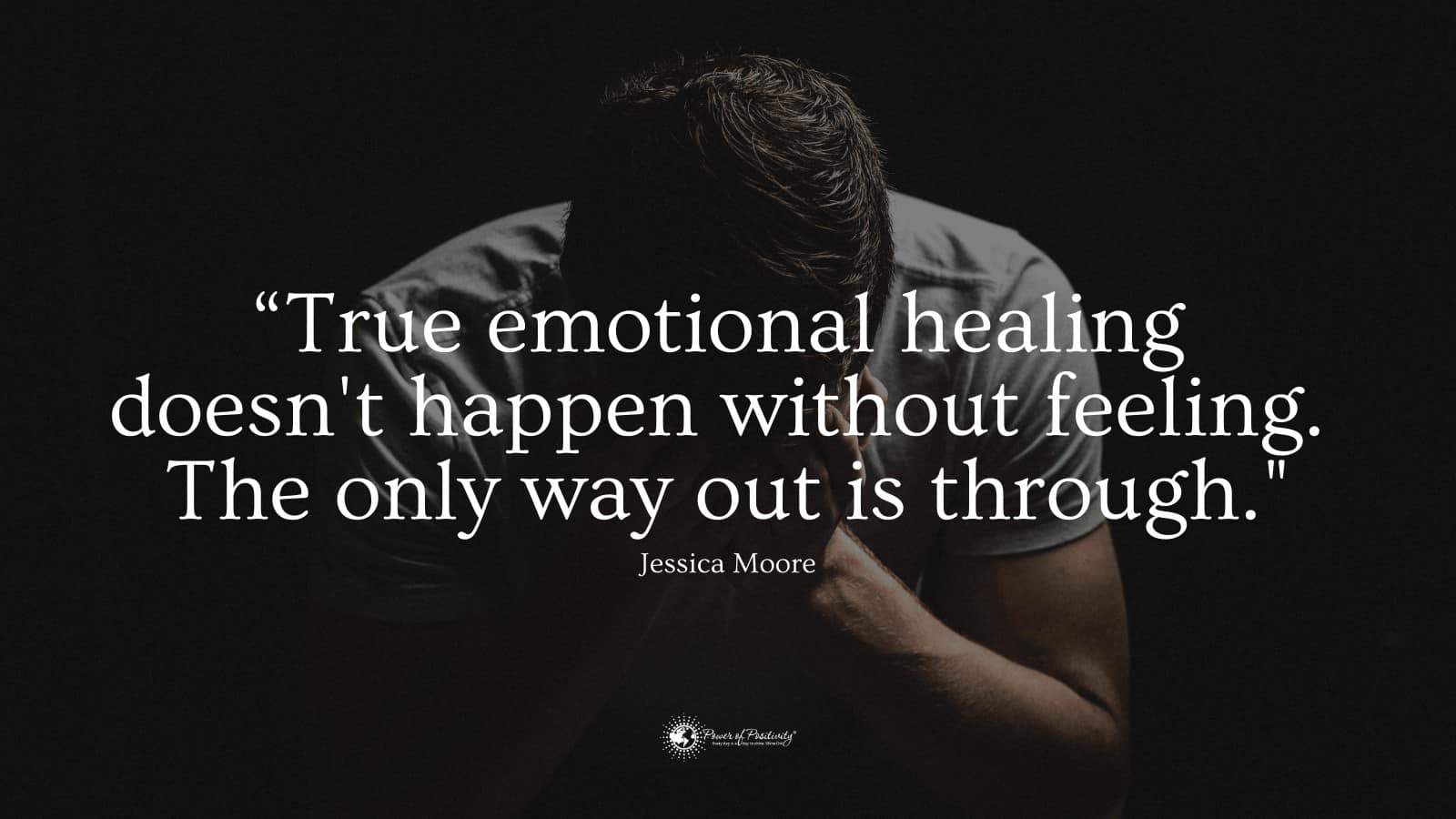Personal Journeys of Emotional Transformation: Emotional Chaos To Clarity Review

The path from emotional chaos to clarity is rarely linear; it’s a deeply personal journey marked by ebbs and flows, setbacks and breakthroughs. Understanding the stages involved, the coping mechanisms that prove effective, and the lessons learned along the way can significantly aid in navigating this challenging but ultimately rewarding process.
Stages of Emotional Transformation
The transition from emotional chaos to clarity often unfolds in several phases. Initially, individuals may experience a period of overwhelming distress, characterized by intense negative emotions like anxiety, anger, or sadness. This is followed by a gradual recognition of the need for change, a crucial step towards self-awareness and acceptance. The next phase involves actively seeking support, exploring coping strategies, and implementing changes in lifestyle and thinking patterns. Finally, emotional clarity emerges, marked by increased self-understanding, improved emotional regulation, and a greater sense of peace and well-being. It’s important to note that this is a cyclical process; individuals may revisit earlier stages as new challenges arise.
Coping Mechanisms and Strategies
During periods of intense emotional turmoil, a variety of coping mechanisms can be employed. These include mindfulness practices like meditation or deep breathing exercises to manage overwhelming emotions in the moment. Journaling can provide a valuable outlet for processing emotions and gaining self-awareness. Seeking professional support from therapists or counselors offers a structured environment for exploring underlying issues and developing healthy coping skills. Building a strong support network of friends and family can provide crucial emotional support and encouragement. Engaging in self-care activities, such as exercise, healthy eating, and spending time in nature, can significantly improve overall well-being. Cognitive restructuring techniques, which involve identifying and challenging negative thought patterns, can also be highly effective.
Personal Anecdotes: Challenges and Breakthroughs
One individual, facing a significant career setback, initially experienced intense feelings of failure and self-doubt. Through journaling and therapy, they identified underlying beliefs about self-worth and began to challenge these limiting narratives. This process, while painful at times, ultimately led to a newfound sense of self-compassion and resilience. Another individual, struggling with anxiety, found relief through regular meditation and mindfulness practices. These techniques helped them to manage their anxiety symptoms and develop a greater sense of inner calm. These experiences highlight the importance of self-compassion, persistence, and seeking appropriate support in navigating emotional challenges.
Comparison of Emotional Chaos and Emotional Clarity, Emotional chaos to clarity review
| Characteristic | Emotional Chaos | Emotional Clarity | Strategies for Transition |
|---|---|---|---|
| Emotional State | Overwhelmed, anxious, angry, depressed, unstable | Calm, peaceful, balanced, self-aware | Mindfulness, meditation, deep breathing |
| Self-Awareness | Low, difficulty identifying emotions | High, understands and accepts emotions | Journaling, self-reflection, therapy |
| Decision-Making | Impulsive, erratic, based on emotion | Rational, thoughtful, based on logic and values | Cognitive Behavioral Therapy (CBT) |
| Relationships | Strained, conflict-ridden | Healthy, supportive, fulfilling | Communication skills training, boundary setting |
